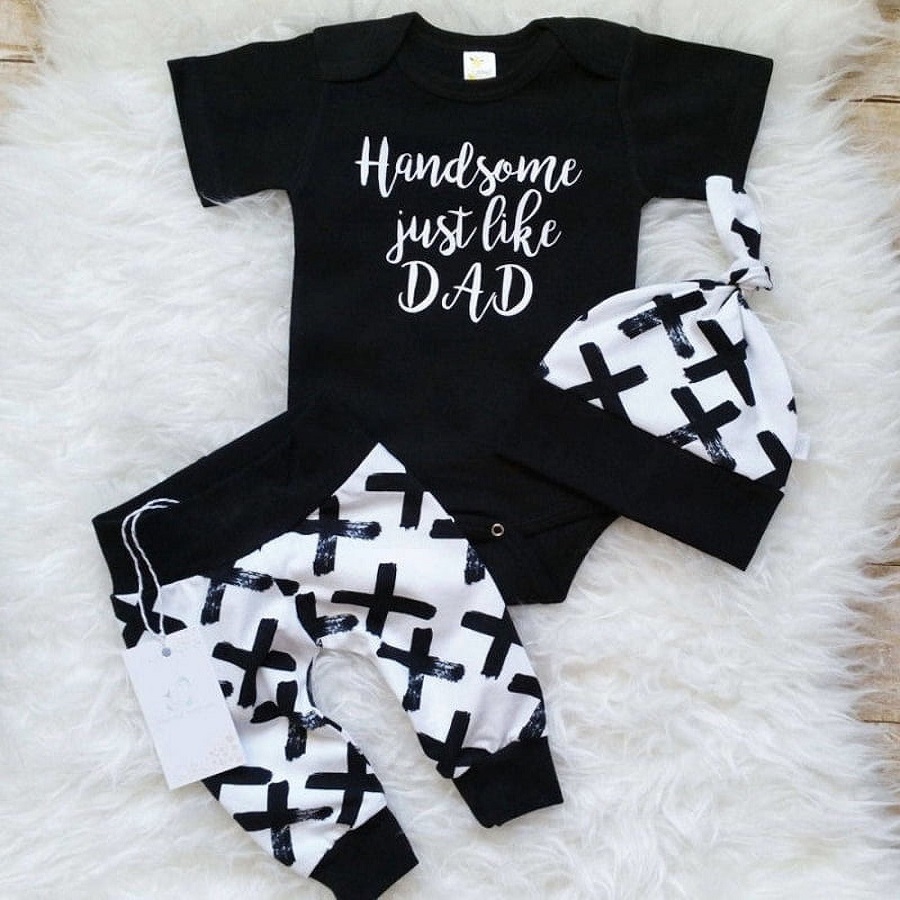Welcoming a baby boy into the world is an exciting and transformative experience for new parents. One of the most enjoyable aspects of preparing for your little one is selecting his wardrobe. With a plethora of options available, it can be overwhelming to determine what styles and fabrics will be best for your baby’s comfort and your aesthetic preferences. This guide will help you navigate the world of baby boy clothes, focusing on style, comfort, and practicality.
Understanding Fabric Choices
Natural Fabrics for Comfort
When it comes to baby clothes, fabric choice is paramount. Natural fabrics like cotton and bamboo are excellent options for baby boy clothes because they are soft, breathable, and hypoallergenic. Cotton is particularly popular due to its durability and ease of washing. It’s essential to choose 100% cotton for baby clothing, as blends can sometimes contain synthetic materials that may irritate sensitive skin. Bamboo, on the other hand, is known for its moisture-wicking properties, which can help keep your baby dry and comfortable.
Avoiding Synthetic Fabrics
While synthetic fabrics like polyester and nylon can be found in many trendy baby clothes, they are often less breathable than natural options. These materials can trap heat and moisture, potentially leading to discomfort for your little one. It’s advisable to avoid synthetic fabrics, especially for items worn against the skin. If you choose garments with synthetic blends, ensure that the primary material is still a breathable natural fabric. When dressing your baby, think about the climate and how the fabric will interact with your child’s sensitive skin.
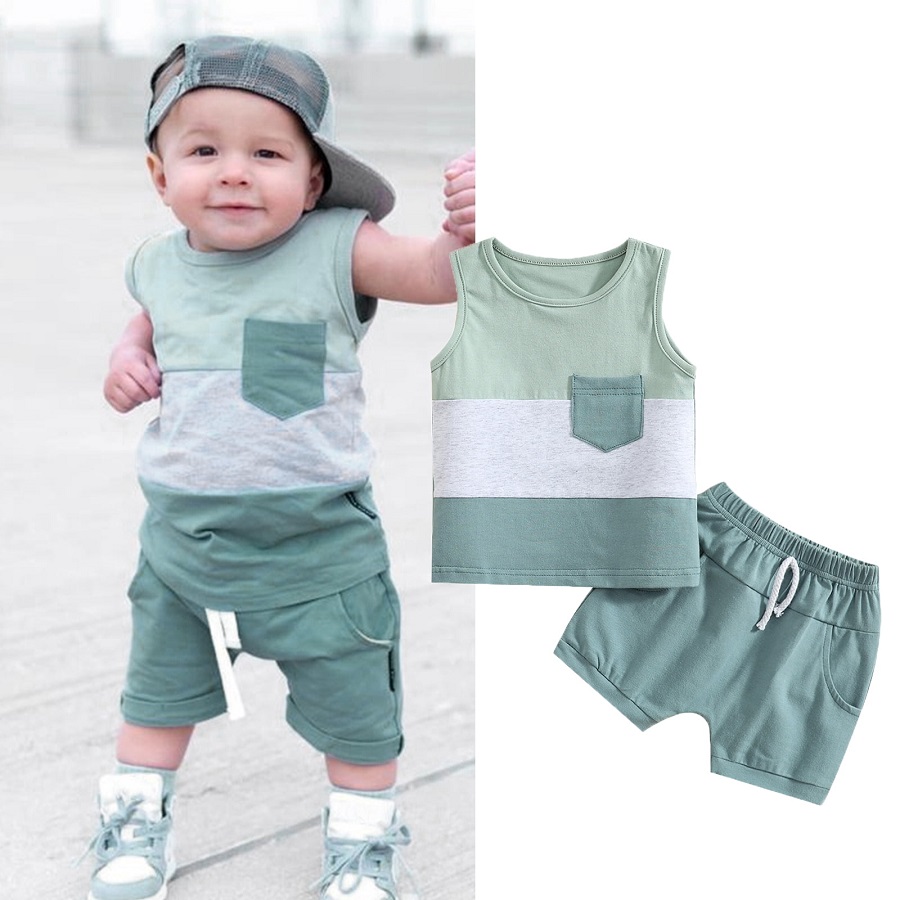
Choosing the Right Fit
Importance of Size
One of the most significant challenges for new parents is finding the right fit for their baby. Baby clothes are typically sized according to age, but it’s crucial to remember that every baby grows at their own pace. It’s best to check the sizing charts of specific brands and consider purchasing clothes that allow for some growth. For example, clothes with adjustable features, such as snaps or stretchy waistbands, can extend the life of the garment and accommodate your baby’s growth spurts.
Comfort and Mobility
In addition to size, consider the cut and design of the clothing. Babies need clothing that allows for free movement as they learn to roll, crawl, and eventually walk. Avoid overly tight or restrictive outfits that could hinder mobility. Look for clothes with ample room in the shoulders and torso. Features like elasticized cuffs or adjustable straps can offer flexibility, ensuring that your baby remains comfortable while they explore their surroundings.
Seasonal Considerations
Dressing for Warm Weather
As the seasons change, so do your baby’s clothing needs. For warm weather, lightweight and breathable fabrics are essential. Short-sleeved onesies, lightweight cotton shorts, and sun hats can keep your baby cool while offering protection from the sun. When selecting clothes, look for UV-protective fabrics that can shield your baby’s sensitive skin from harmful rays. Light layers, such as cardigans or lightweight jackets, can be added for cooler evenings without overheating your baby during the day.
Preparing for Cold Weather
In colder months, keeping your baby warm while maintaining comfort is crucial. Opt for layered clothing that traps heat without being too bulky. Base layers like long-sleeved onesies can be paired with sweaters and thicker outer layers. Consider investing in a good quality snowsuit or fleece-lined outfit for outings in colder weather. Accessories like mittens, booties, and beanies are also essential for keeping extremities warm. Ensure that any outerwear is easy to put on and take off, as quick changes may be necessary during outings.
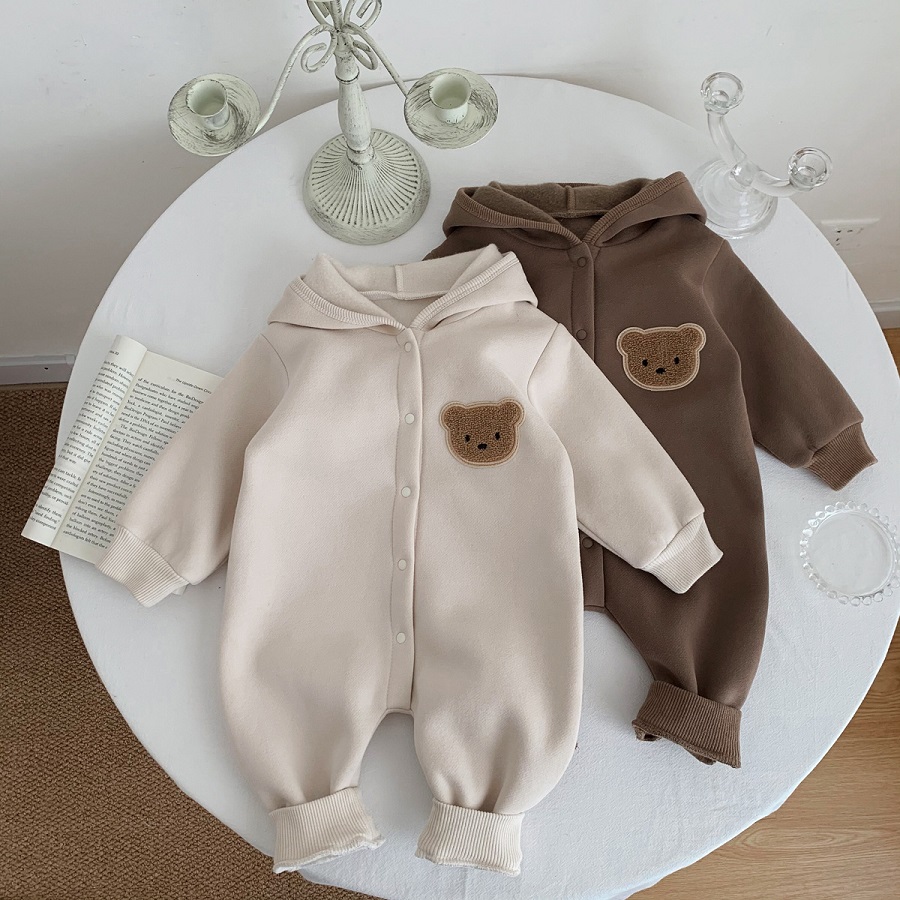
The Versatility of Baby Boy Clothing
Outfits for Every Occasion
Baby boy clothes come in a variety of styles suitable for every occasion. From playdates to formal family gatherings, having a selection of outfits is important. Casual outfits such as graphic tees paired with soft joggers are perfect for everyday wear, while dressier options like button-up shirts and chinos can be reserved for special occasions. Layering pieces, such as cardigans or vests, can elevate an outfit for those special moments while still ensuring your baby stays comfortable.
Transitioning Between Activities
Consider the versatility of your baby’s wardrobe as well. Outfits that can transition easily from playtime to naptime are ideal for busy parents. Look for items that are easy to put on and take off, such as zippered jumpsuits or snap-bottom onesies. These pieces allow for quick changes, making transitions smoother. It’s also wise to select items that are machine washable and durable, ensuring they can withstand the inevitable messes that come with babyhood.
Essential Baby Boy Wardrobe Items
The Basics Every Parent Needs
As you curate your baby boy’s wardrobe, certain essentials should be prioritized. Start with a selection of onesies, which serve as the foundation of any baby outfit. Stock up on both short-sleeve and long-sleeve options to accommodate different weather conditions. Additionally, a few pairs of soft, stretchy pants or leggings will offer comfort and versatility for layering. Don’t forget about practical items such as sleep sacks or swaddles, which can help keep your baby cozy during nap times and nighttime.
Accessories That Make a Difference
Accessories can also play a significant role in your baby’s wardrobe. Hats are not only stylish but also provide sun protection in warm weather and warmth in colder temperatures. Bibs are another essential accessory, especially for teething babies who are prone to drooling. Opt for stylish bibs that complement outfits while also being functional. A few pairs of soft booties or shoes can complete an outfit, but remember that for younger babies, socks are often sufficient until they begin to walk.
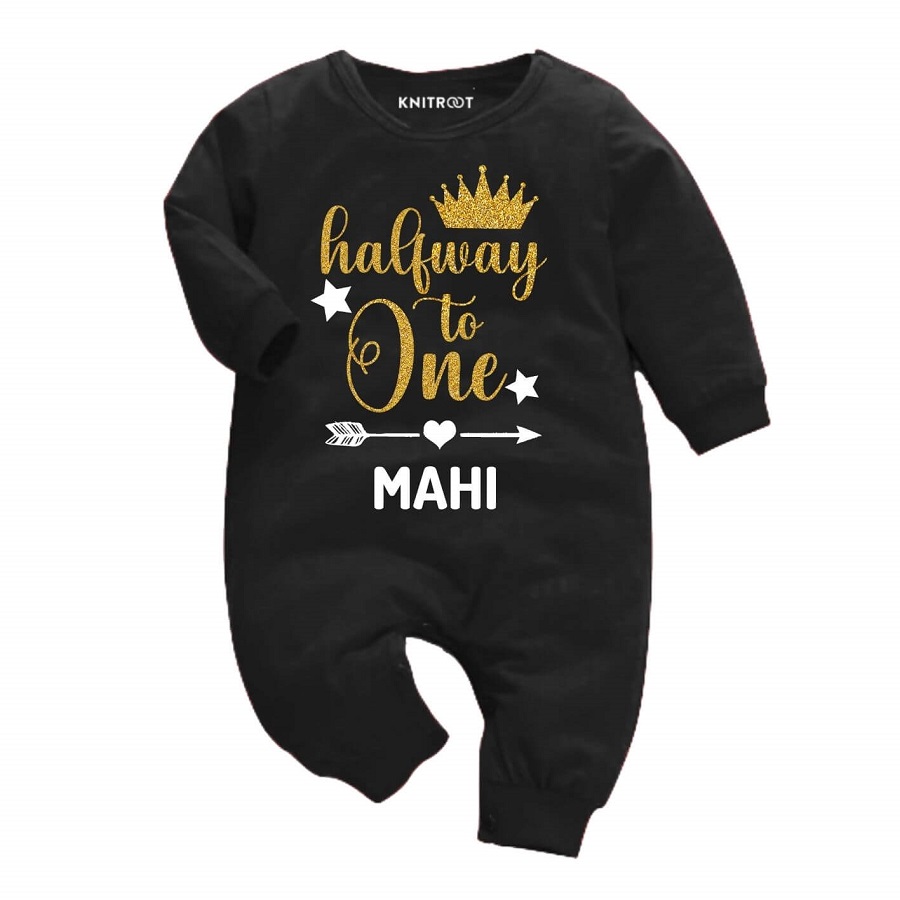
Choosing Gender-Neutral Options
Benefits of Gender-Neutral Clothing
While you may be excited to dress your baby boy in blue and other traditionally masculine colors, consider the benefits of gender-neutral clothing. Many parents are embracing a more gender-inclusive approach, opting for colors and patterns that can be worn by any child. This approach not only allows for more creativity in outfit choices but also promotes a sense of inclusivity from an early age. Neutral colors like yellows, greens, and grays can easily be mixed and matched, creating a versatile wardrobe that transcends gender.
Practicality in Sharing Clothes
Another advantage of gender-neutral clothing is the practicality of sharing items among siblings. If you plan to have more children in the future, investing in a selection of gender-neutral clothes can save you money and space. Neutral items can be handed down regardless of gender, reducing waste and the need for constant shopping. When selecting gender-neutral options, look for playful patterns and stylish cuts that both you and your baby will love.
Shopping Smart for Baby Clothes
Budget-Friendly Choices
Shopping for baby clothes can become expensive quickly, but there are ways to manage your budget effectively. Look for sales and discounts at popular retailers, and consider shopping at second-hand stores or online marketplaces for gently used items. Many parents sell their baby clothes after only a few uses, providing an excellent opportunity to find high-quality items at a fraction of the original price. Additionally, consider creating a clothing swap group with friends who have babies to exchange clothes that are no longer needed.
Quality Over Quantity
While it may be tempting to stock up on numerous outfits, focusing on quality is more important than quantity. Invest in a few key pieces that are made from durable materials and can withstand regular wear and tear. Brands that prioritize quality often provide clothing that lasts longer, saving you money in the long run. Look for items with reinforced seams and finishes that hold up through frequent washing, as well as those that maintain their shape and softness over time.
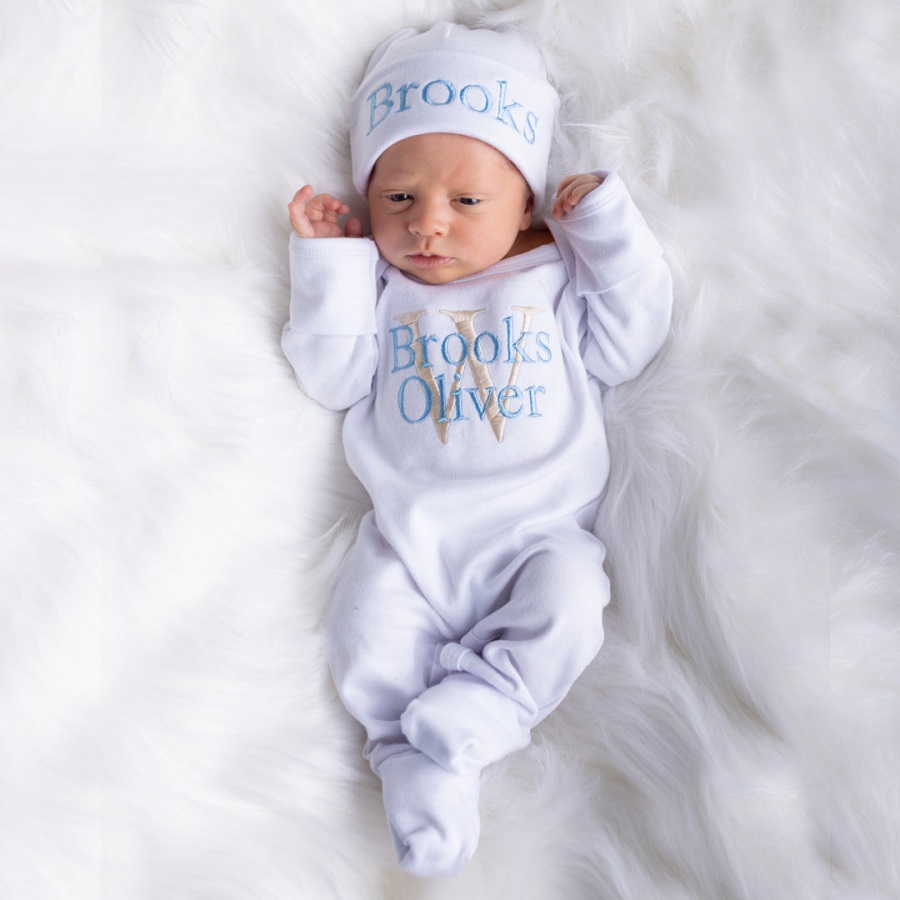
Care and Maintenance of Baby Clothes
Washing Tips for Longevity
To ensure your baby boy’s clothes last, proper care and maintenance are essential. Always follow the care instructions on the label, but general guidelines include washing clothes in cold water to prevent shrinkage and fading. Using a gentle detergent that is free of harsh chemicals can help protect sensitive skin. Avoid fabric softeners, which can reduce the absorbency of natural fabrics. It’s also wise to separate clothes by color to prevent bleeding, especially when washing new items.
Storing Clothes for Future Use
As your baby grows, you may find yourself with clothes that no longer fit. Instead of discarding them, consider storing them for future use or for siblings. Clean and fold items neatly, and use airtight bins to protect them from moisture and pests. Label bins by size or season to make it easier to locate clothes when needed. This not only helps you stay organized but also promotes sustainability by reducing the need to purchase new items for subsequent children.
Final Thoughts on Baby Boy Clothing
Embracing Personal Style
Choosing stylish and comfortable clothes for your baby boy is an opportunity to express your family’s personal style. Remember that comfort should always take precedence, but that doesn’t mean you have to compromise on style. Look for pieces that resonate with your aesthetic while ensuring they meet the practical needs of your baby. With thoughtful selections, you can create a wardrobe that is both functional and fashionable.
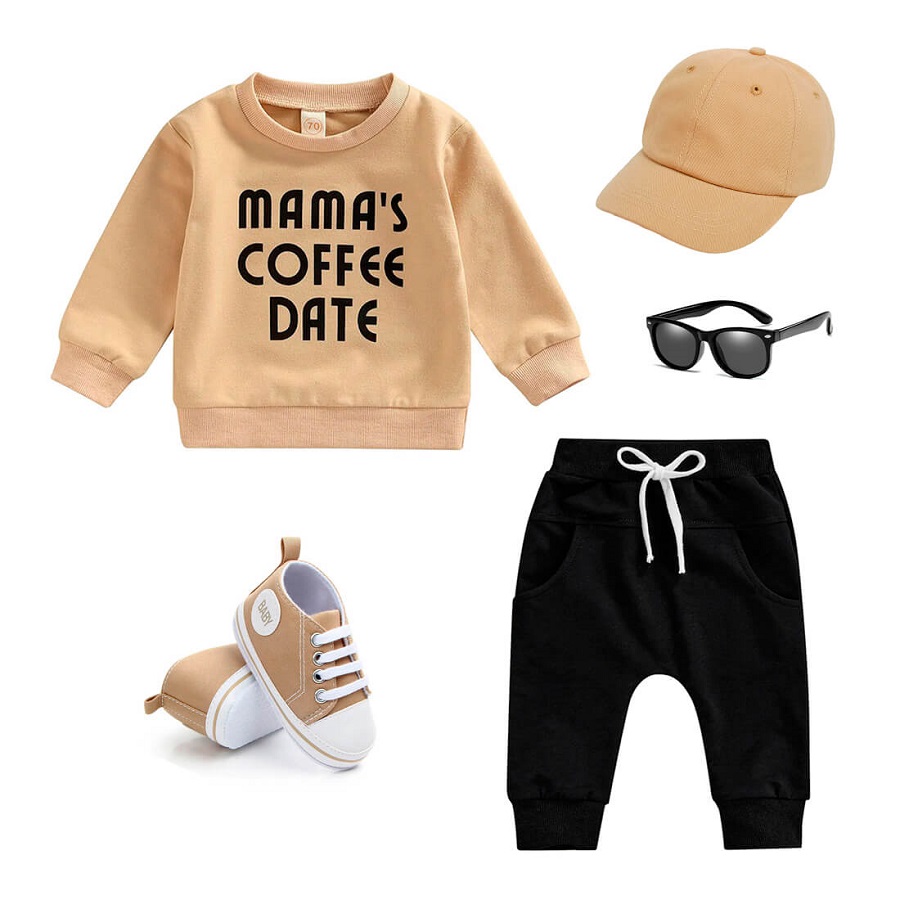
Enjoying the Journey
Finally, enjoy the process of dressing your baby boy. Each outfit represents a moment in your child’s early life, filled with memories and milestones. Take the time to appreciate these small yet meaningful choices as you nurture your little one. Whether it’s choosing the perfect outfit for a family gathering or simply dressing him for a day at home, remember that each piece of clothing is a part of his story, and you are creating cherished memories along the way.
